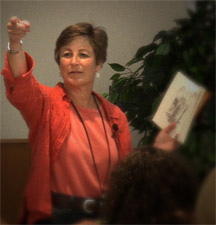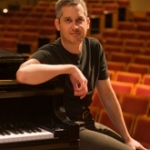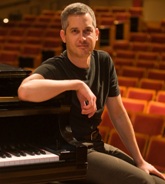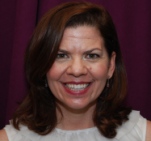
Mr. Narric Rome
Ten Years Later: A Puzzling Picture of Arts Education in America
Posted by Apr 02, 2012

Mr. Narric Rome
On April 2, the U.S. Department of Education’s National Center for Education Statistics (NCES) released a study glamorously entitled Arts Education in Public Elementary and Secondary Schools 1999-2000 and 2009-10.
The surveys that contributed to this report were conducted through the NCES Fast Response Survey System (FRSS), mailed to about 3,400 elementary and secondary school principals and approximately 5,000 music and visual arts teachers.
National arts education leaders, through policy statements, have been calling for this study to be administered for many years, and helped to direct specific funding from Congress to make it possible.
Ten years is a long time to wait for a federal study to be published and finally it has arrived!
This report presents information on the availability and characteristics of arts education programs of those surveyed, broken down by discipline (music, visual arts, dance, and theatre).
- It indicates that while music and visual art are widely available in some form, six percent of the nation’s public elementary schools offer no specific instruction in music, and 17 percent offer no specific instruction in the visual arts.
- Nine percent of public secondary schools reported that they did not offer music, and 11 percent did not offer the visual arts.
- Only three percent offer any specific dance instruction and only four percent offer any specific theatre instruction in elementary schools. In secondary schools the numbers improve somewhat as 12 percent offer dance and 45 percent offer theatre. Sadly, the study was unable to survey dance and theatre specialists because the data sample didn’t have sufficient contact information in those disciplines.
Read More
















































